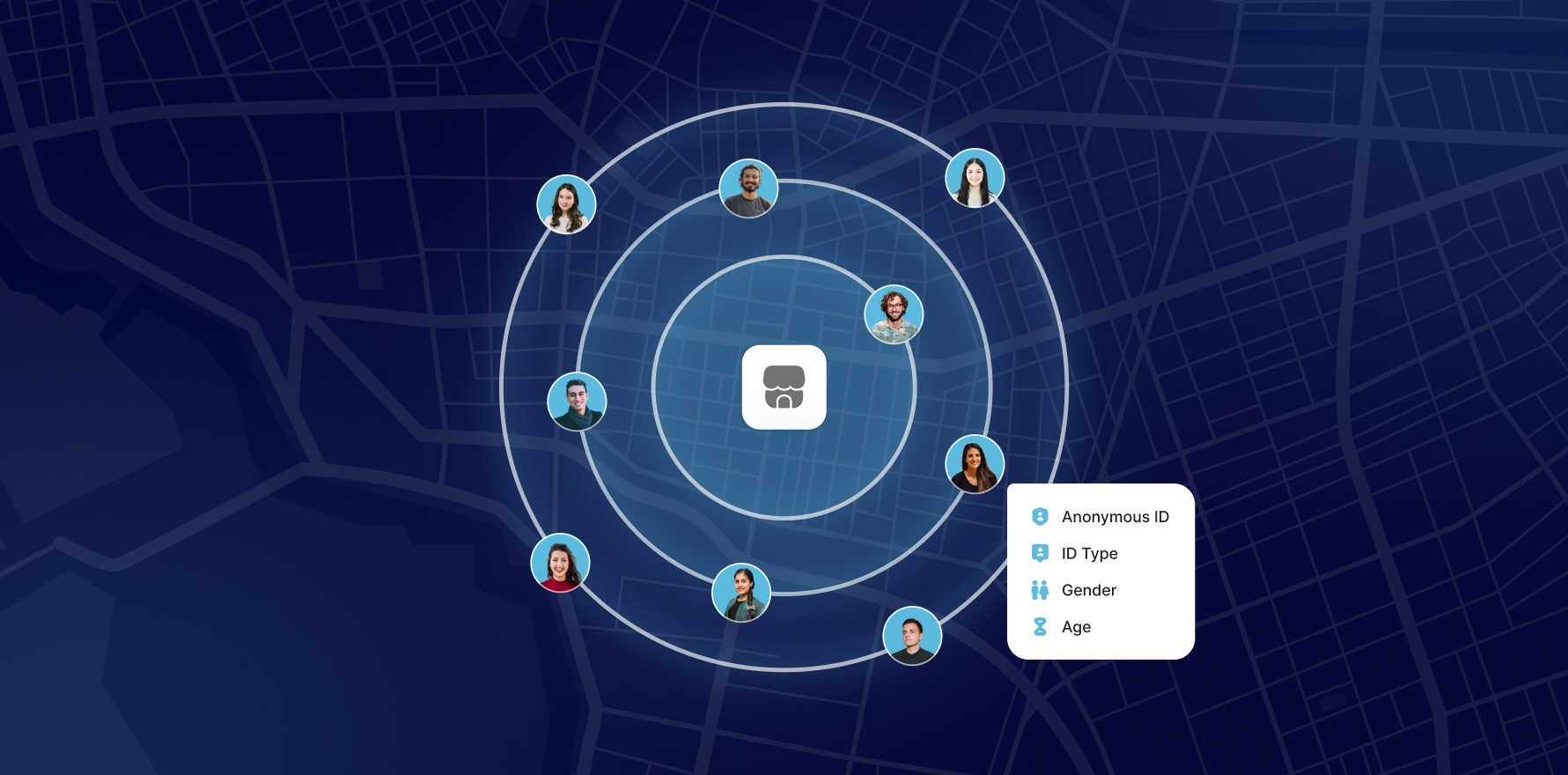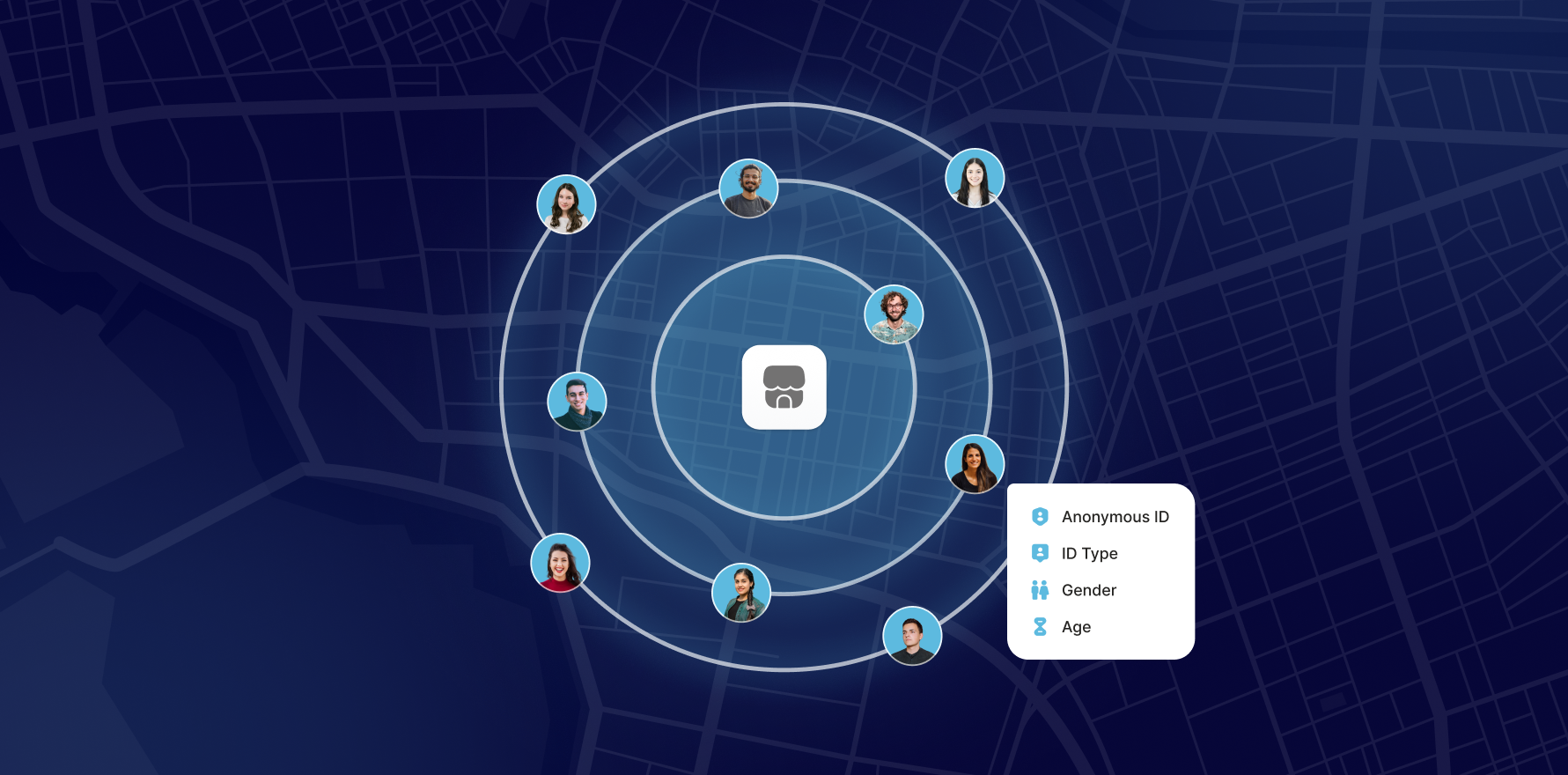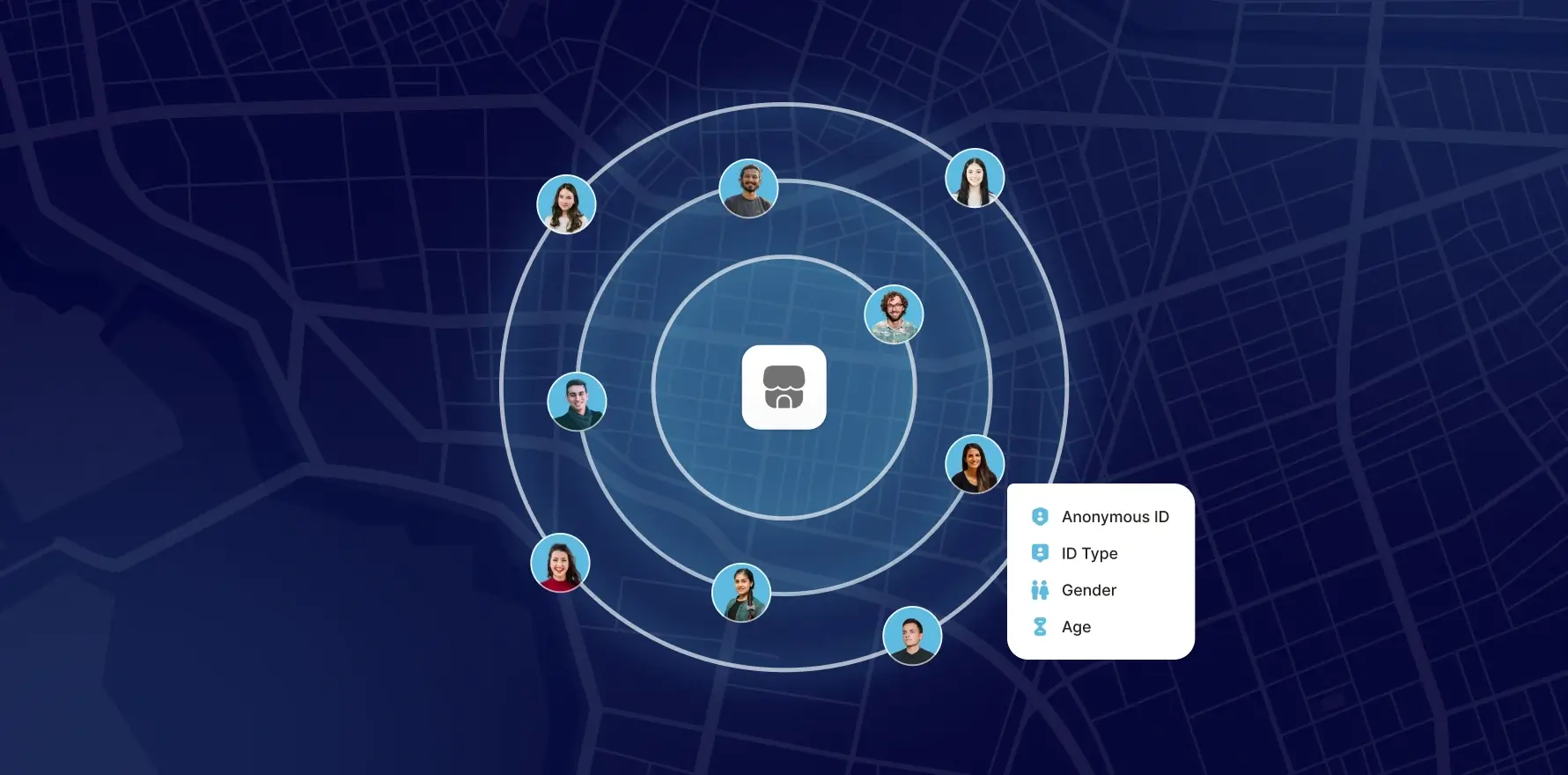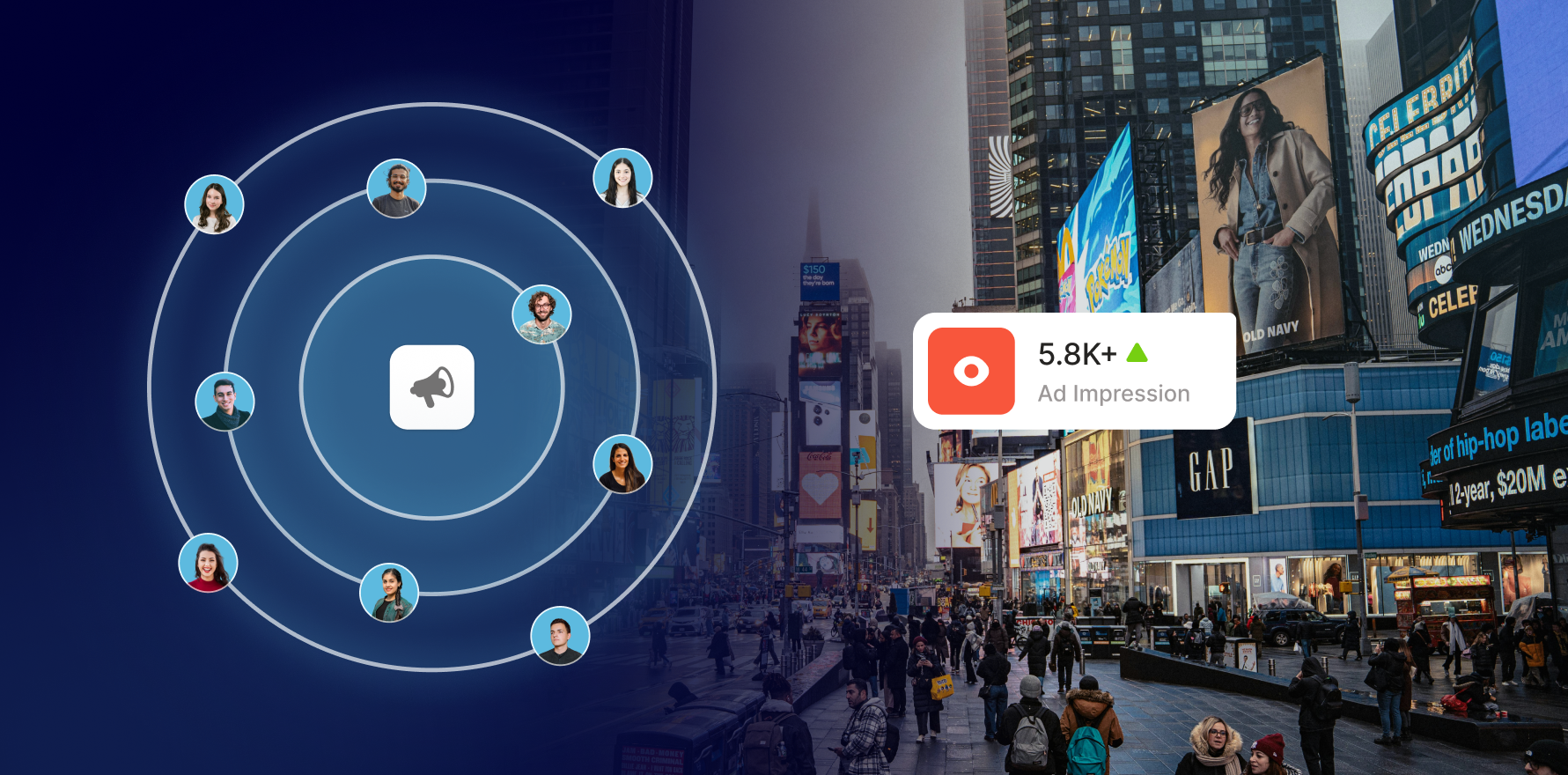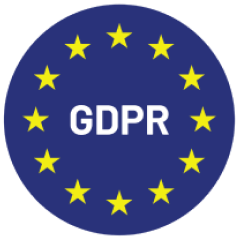Data-driven decision-making relies on consumer data as a crucial asset for businesses and organizations. This guide explores the definition of consumer data, its significance, how it is obtained, and its key applications across industries.
Whether you’re a marketer, data analyst, or business leader, understanding consumer data is essential for fully leveraging its potential to drive insights and outcomes.
Consumer data refers to any information that relates to individuals. This data can include demographic information (such as age, gender, and income), behavioral data (such as online activity, purchasing habits, and social media interactions), psychographic data (such as interests, values, and lifestyle), and more. Essentially, consumer data encompasses all data points that provide insights into who individuals are, what they do, and how they think.
Importance of Consumer Data
Consumer data is invaluable for several reasons:
- Personalization: Consumer data allows businesses to create highly personalized customer experiences, leading to better engagement, loyalty, and conversion rates.
- Targeted Marketing: With consumer data, marketers can develop more precise targeting strategies, ensuring that marketing efforts reach the right audience with the right message at the right time.
- Improved Decision-Making: Consumer data provides insights that inform strategic decisions across various business functions, from product development to customer service.
- Competitive Advantage: Organizations harnessing consumer’s data effectively can outperform competitors by better understanding their audience and delivering more relevant offerings.
How is Consumer Data Sourced?
Consumer data is collected from a variety of sources, each providing unique insights:
First-Party Data
First-party data is collected directly by an organization from its interactions with customers. This includes data from websites, mobile apps, customer surveys, purchase histories, and loyalty programs. First-party data is valuable because it is unique to the organization and reflects direct customer engagement.
Second-Party Data
Second-party data is essentially someone else’s first-party data shared with another organization. It is often obtained through partnerships or data-sharing agreements. For example, a retailer may share customer data with a brand they carry to help them better understand their audience.
Third-Party Data
Third-party data is collected by external organizations that do not have a direct relationship with the individuals whose data is being collected. This data is aggregated from various sources, including public records, social media platforms, and data brokers. Third-party data is often used to supplement first- and second-party data, providing a broader view of the audience.
Behavioral Data
Behavioral data is sourced from tracking individuals’ online actions and interactions. This includes website visits, click-through rates, social media engagement, and e-commerce transactions. Behavioral data helps organizations understand how consumer interact with their digital properties and what influences their decisions.
Psychographic Data
Psychographic data is sourced from surveys, social media profiles, and consumer research studies. This data provides insights into individuals’ values, interests, attitudes, and lifestyles, allowing organizations to tailor their messaging and products to resonate with specific audience segments.
Key Applications of Consumer Data Across Industries
Marketing and Advertising
Audience Segmentation
People data is crucial for segmenting audiences based on demographics, behaviors, and psychographics. This enables marketers to create more targeted and relevant campaigns that resonate with specific groups of people.
Personalized Marketing
With consumer data, marketers can craft personalized marketing messages and offers that cater to individual customers’ unique needs and preferences. This leads to higher engagement and conversion rates.
Retail and E-commerce
Customer Experience Optimization
Retailers use consumer data to enhance the customer experience by providing personalized product recommendations, tailored promotions, and customized shopping experiences.
Inventory Management
Consumer data helps retailers understand customer demand patterns, enabling them to optimize inventory levels and reduce stockouts or overstock situations.
Financial Services
Risk Assessment
In the financial services industry, consumer data is used to assess the risk profiles of individuals applying for loans, credit cards, or insurance policies. This helps financial institutions make more informed lending decisions and minimize defaults.
Fraud Detection
Consumer data is also employed in detecting fraudulent activities by identifying unusual patterns in transactions and account behaviors, ensuring the security of financial systems.
Healthcare
Patient Personalization
Healthcare providers use consumer data to offer personalized care and treatment plans based on an individual’s medical history, lifestyle, and preferences.
Population Health Management
Consumer data is essential in managing population health. It can identify trends, predict outbreaks, and optimize healthcare delivery based on demographic and behavioral data.
Human Resources
Talent Acquisition
HR departments leverage consumer data to identify and attract top talent by understanding potential candidates’ skills, experience, and cultural fit.
Employee Engagement
Consumer data is used to gauge employee satisfaction, monitor engagement levels, and develop strategies to improve workplace culture and productivity.
Government and Public Sector
Public Services Delivery
Governments use consumer data to tailor public services, ensuring that programs and resources are allocated effectively to meet the needs of different population segments.
Policy Development
Consumer data informs policy development by providing insights into citizens’ demographics, behaviors, and preferences, enabling more data-driven decision-making.
Future Trends in Consumer Data
Enhanced Data Privacy Regulations
As concerns around data privacy grow, future trends in consumer data will involve stricter compliance with regulations such as GDPR and CCPA. Organizations must adopt transparent data collection and management practices to build trust with consumers.
AI and Machine Learning Integration
The integration of AI and machine learning will enable more sophisticated analysis of consumer data, leading to better predictions, personalization, and decision-making.
Ethical Data Sourcing
Ethical considerations around data sourcing will become increasingly important. Organizations must ensure that their data practices respect individual privacy and adhere to ethical standards.
Check here for free consumer data sample .
Real-Time Data Processing
As the volume of consumer data grows, real-time data processing will become more critical. Organizations must invest in technologies that allow them to analyze and act on data in real-time to stay competitive.
Conclusion
Consumer data is a powerful asset that drives personalization, improves decision-making, and provides a competitive edge across various industries. By understanding what consumer data is, how it is sourced, and its key applications, organizations can harness its potential to create value and deliver better customer experiences.
As technology evolves, how consumer data is collected, managed, and utilized will continue to advance, offering new opportunities and challenges. Staying informed about these trends will be crucial for any organization looking to thrive in a data-driven world.
You may also like

